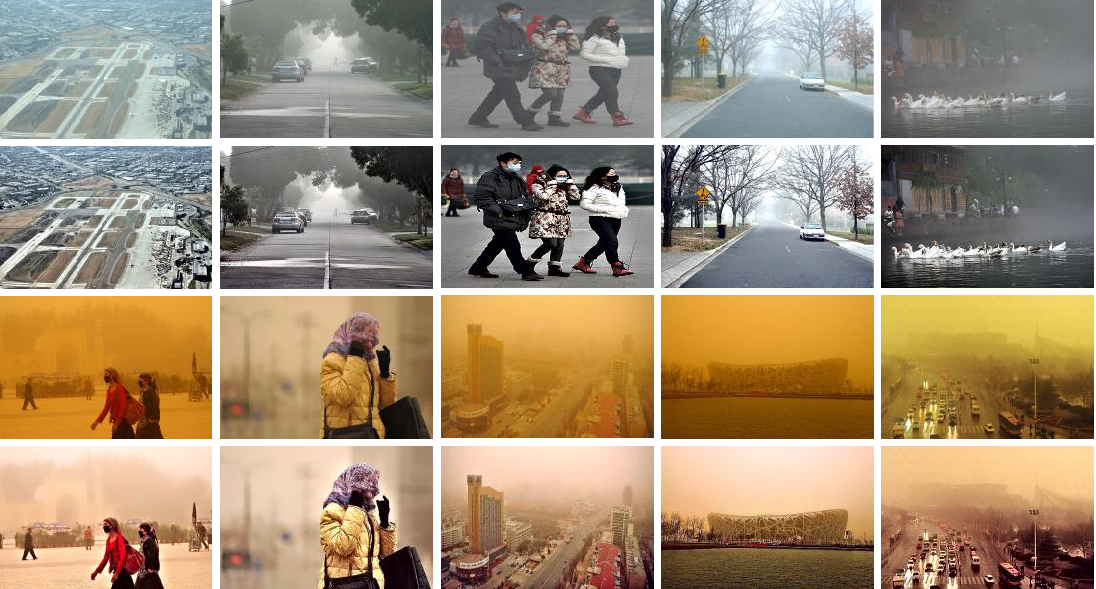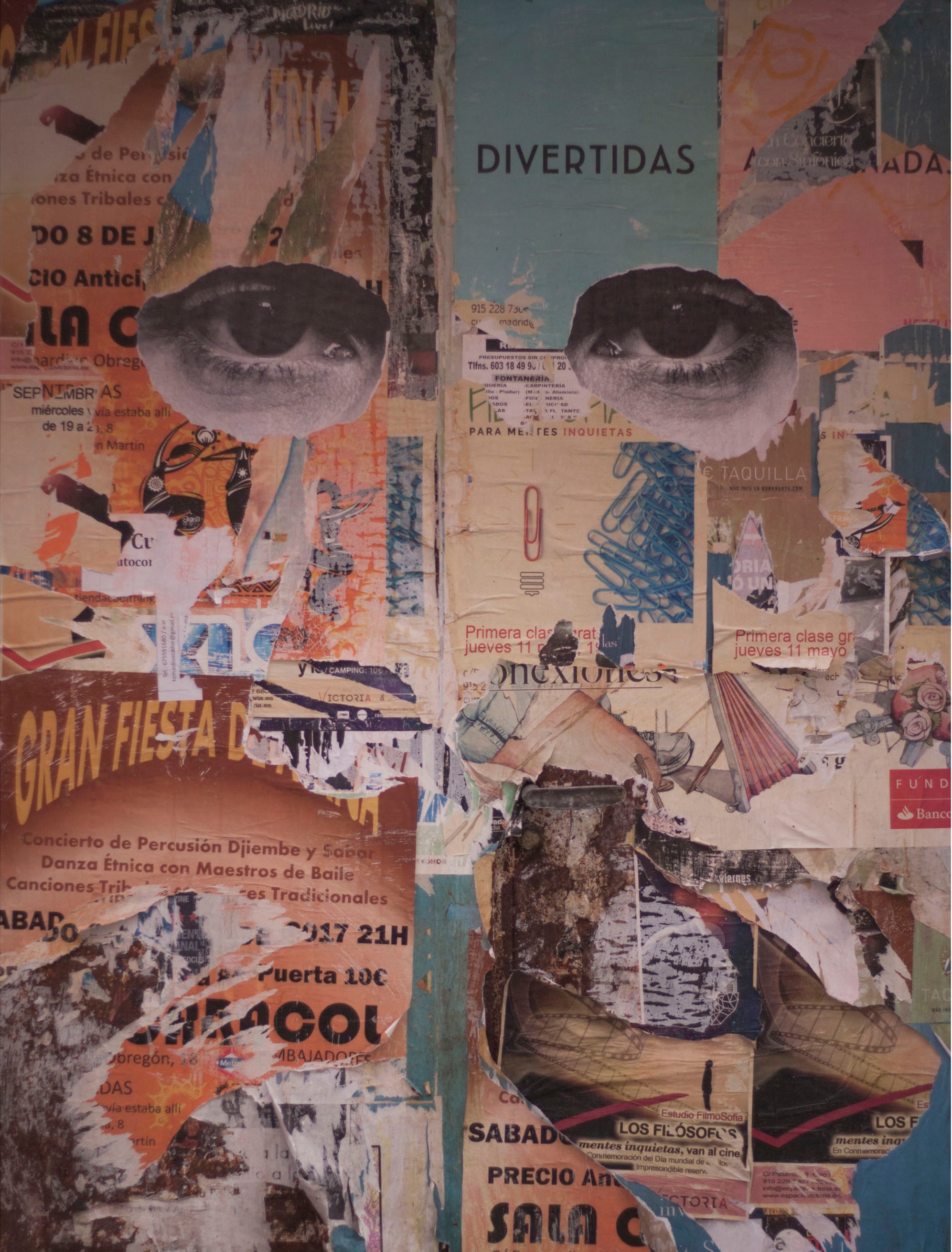Abstract
Underwater images typically suffer from color deviations and low visibility due to the wavelength-dependent light absorption and scattering. To deal with these degradation issues, we propose an efficient and robust underwater image enhancement method, called MLLE. Specifically, we first locally adjust the color and details of an input image according to a minimum color loss principle and a maximum attenuation map-guided fusion strategy. Afterward, we propose the integral and squared integral maps to compute the mean and variance of local image blocks, which are used to adaptively adjust the contrast of the input image. Meanwhile, a color balance strategy is introduced to balance the color differences between channel A and channel B in the CIELAB color space. Our enhanced results are characterized by vivid color, improved contrast, and enhanced details. Extensive experiments on three underwater image enhancement datasets demonstrate that our method outperforms the state-of-the-art methods. Our method is also appealing in its fast processing speed within 1s for processing an image of size 1024*1024*3 on a single CPU. Experiments further suggest that our method can effectively improve the performance of underwater image segmentation, keypoint detection, and saliency detection.
Framework
In our locally adaptive color correction, the detail image, attenuation image, and color transfer image are first derived from the input image, in which the color transfer image is obtained using the minimum color loss principle. Then, these three images are fused using the maximum attenuation map-guided fusion strategy to get the color corrected image and a complementary relationship is established among them. In our locally adaptive contrast enhancement, it first produces the contrast-enhanced image from the color corrected image using the locally adaptive contrast enhancement strategy, while a color balance strategy is used to further correct the color.

Application
Our method as a pre-processing step can imporve the performance of underwater image segmentation, underwater image keypoints detection, and underwater image saliency detection.

Generalization
Our method can be applied to foggy and sandstorm image enhancement without any parameter finetuning.

Paper
 |
Underwater Image Enhancement via Minimal Color Loss and Locally Adaptive Contrast Enhancement |
Supplementary Material
 |
[supplementary material] |
Bibtex
Acknowledgments
This template was originally made by Text2LIVE.




